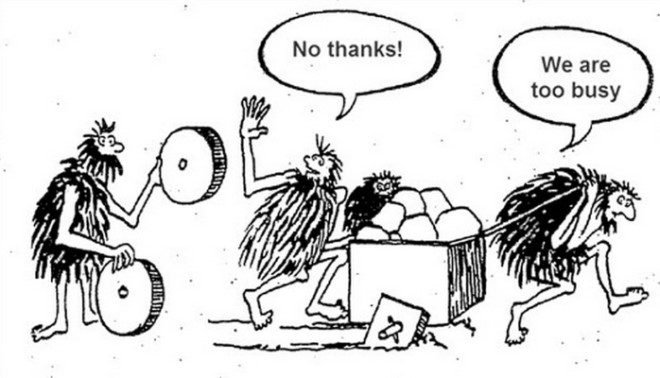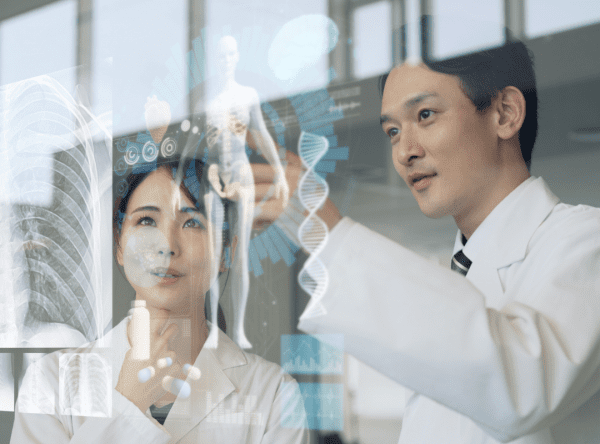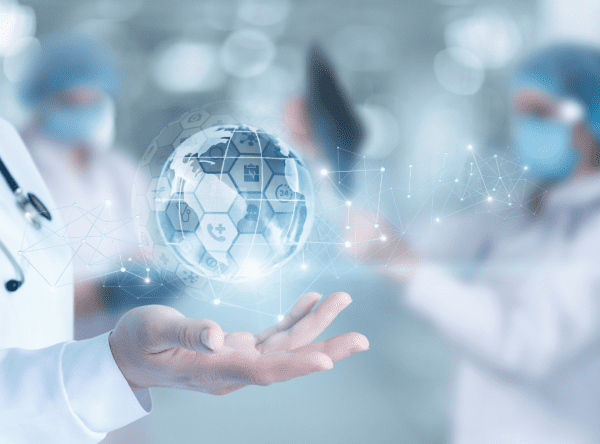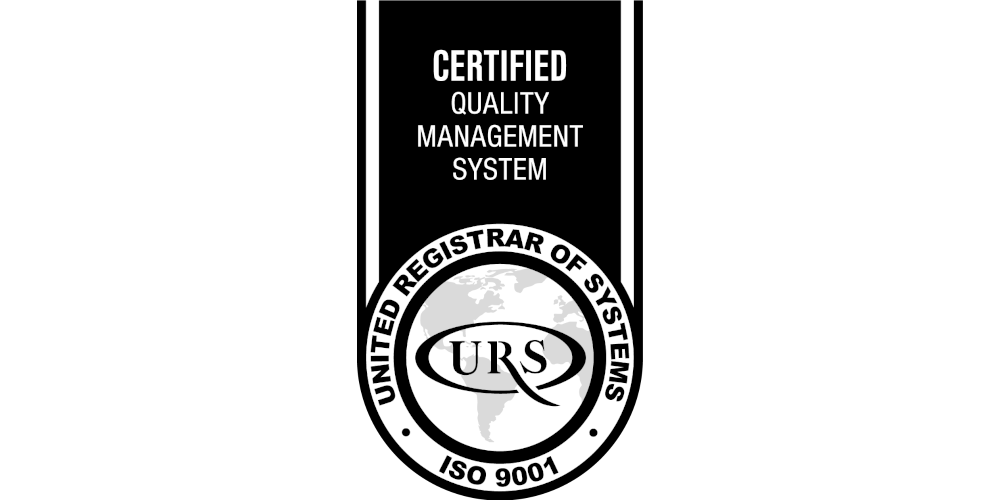The bad news is “time flies”, the good news is “you are the pilot”. Regulation (EU) 2017/745 (MDR) will apply after a transitional period. Namely, 3 years after entry into force for the Regulation on medical devices, which means spring 2020. The last year to fly into the right direction started!
For the future development of medical devices, the new MDR requires:
- more robust data;
- more transparency;
- minimization of patient risks
- better control of entire life-cycle of the medical devices.
Even though the MDR will not make the medical device world in Europe perfect, it is useless to complain. The system will be changed, and it will become more like the US system, where medical devices fall under the US drug law (CFR). Consequently, some medical devices will be removed from the market, while others will move into another risk-class. Manufacturers will need to conduct 10 times more clinical trials with their new products to receive a CE mark, which will make the medical device development more expensive. In the past many manufacturers made rough estimations on sample sizes for their trials based on the nonvalid statements of notified bodies. In future a powered sample size calculation will be required. Nevertheless, if biostatisticians qualified in medical devices trials will be involved, we do not expect dramatic increase in the size of the medical device trials. However, the results of these future trials should be much more powerful compared to the past.
We can see also a lot of cost saving potential for the medical device companies such as:
- moving their trials from the high cost regions to central and eastern Europe, a region that is which more cost-effective for clinical trials;
- involvement of new, highly motivated clinical sites which are much more effective compared to “old professors” (key opinion leaders serving as key opinion leaders for all, even competing companies anyway);
- changing from paper to electronic documentation as nowadays eCRFs are less expensive compared to paper CRFs;
- change from onsite monitoring to remote monitoring, especially for low or medium risk devices;
- change from manual monitoring to statistical monitoring as software can check data better than people;
- planning and designing trials more professionally, having in mind that clinical product development is no academic research.
Yes, the costs of clinical development of medical devices will increase, but as pilots should not choose the way through the thunder storm, you should not choose the expensive way into the unknown. Clinical development of medical devices might be new for many medical device companies however thousands of clinical device trials have been already performed and experienced people and companies exist. Hence do not think you need to reinvent the wheel.
If you need support with your clinical development medical device contact us: info@gcp-service.com

